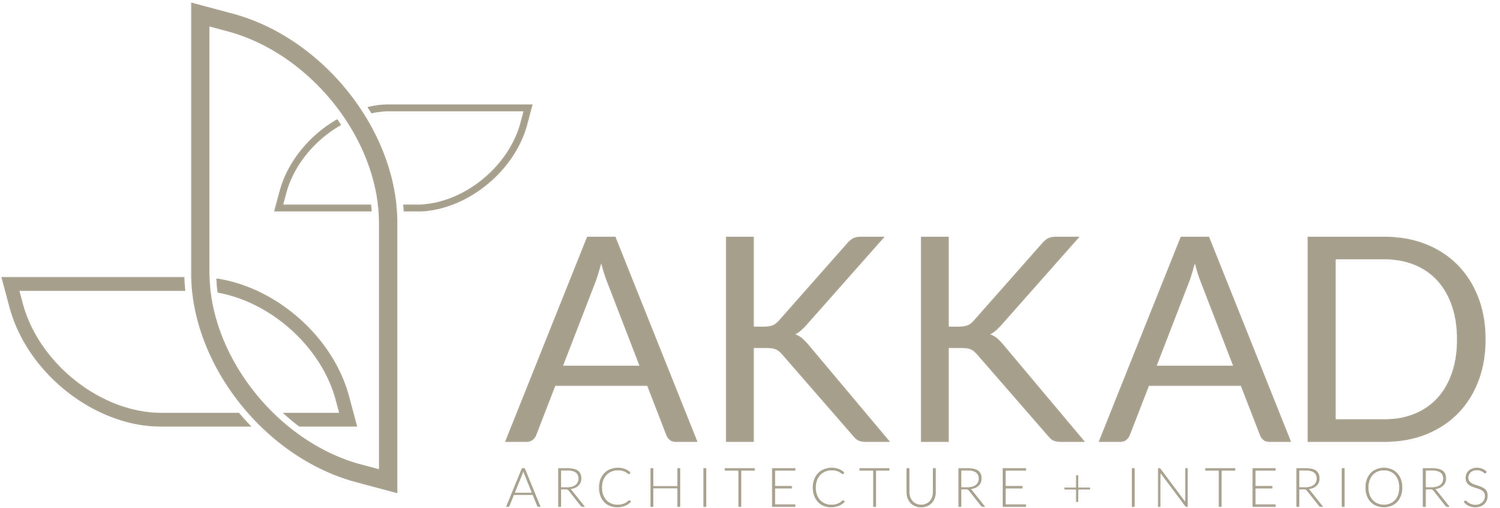Top Architecture Trends Shaping the UAE’s Skyline in 2024
The United Arab Emirates is known for its groundbreaking architecture, blending visionary designs with advanced technology to create some of the most iconic buildings in the world. In 2024, the UAE is once again at the forefront of architectural innovation, setting trends that shape modern skylines and redefine urban living. Here are the top architecture trends making waves in the UAE.
1. Sustainability as a Core Design Principle
Sustainability has moved from a niche consideration to a foundational aspect of architectural design. As the UAE aims for net-zero emissions by 2050, buildings are increasingly designed with energy efficiency, resource conservation, and minimal carbon footprints in mind. Recent projects integrate solar panels, green roofs, and natural cooling systems to harness energy while reducing overall consumption.
2. Smart Buildings and AI Integration
Smart technology is becoming a staple in new developments. From automated climate control to AI-driven building management systems, architects in the UAE are integrating smart solutions to enhance comfort and efficiency. Innovations such as smart sensors, security monitoring, and energy management systems make buildings more responsive to occupant needs and environmental changes, setting a high standard for intelligent infrastructure.
3. Adaptive and Flexible Spaces
As the UAE’s population continues to grow and diversify, there’s a shift towards adaptive architecture that can serve multiple purposes. Designs are increasingly flexible, allowing spaces to be repurposed based on demand. This trend is particularly prominent in mixed-use developments, where residential, commercial, and recreational spaces coexist within a single project, supporting a 24/7 urban lifestyle and maximizing land use.
4. Cultural Heritage and Contemporary Fusion
Architectural designs that blend traditional Emirati elements with modern aesthetics are gaining popularity. This trend respects the cultural heritage of the UAE while introducing contemporary forms and materials. Projects that embody this approach showcase intricate geometric patterns, mashrabiya (traditional screens), and courtyards, creating a seamless fusion of old and new that resonates with local culture.
.
5. Focus on Human-Centered Design
The human experience is a focal point of modern architecture. In the UAE, this means designing spaces that prioritize comfort, wellness, and social interaction. Buildings are designed with ample natural light, green spaces, and shared areas to foster community and improve mental and physical well-being. Human-centered design principles align with the broader goals of creating livable, sustainable cities that enhance quality of life.
6. Eco-Friendly Materials and Construction Techniques
As part of the global shift towards environmentally responsible building practices, architects in the UAE are exploring new materials like bamboo, recycled concrete, and locally sourced stone. Construction methods are also evolving, with prefabrication and modular building techniques gaining traction, allowing for faster, more sustainable project completion.
7. Iconic, High-Performance Skyscrapers
While the UAE has always been known for its impressive skyscrapers, 2024 marks a deeper focus on high-performance, aesthetically unique towers that stand as symbols of innovation. Dubai’s Jumeirah Marsa Al Arab, set to open soon, exemplifies this trend with a design inspired by the superyacht. It’s just one of many upcoming structures that aim to merge form with cutting-edge functionality.
Conclusion
The architectural landscape in the UAE / Abudhabi is evolving, driven by a vision that emphasizes sustainability, innovation, and cultural fusion. As these trends gain momentum, they pave the way for buildings that are not only functional but also iconic and future ready. At AKKAD Engineering Consultant, we are proud to contribute to these transformative trends, providing design solutions that are as forward-thinking as they are grounded in our clients’ needs.
For more information on our architectural and design services,

